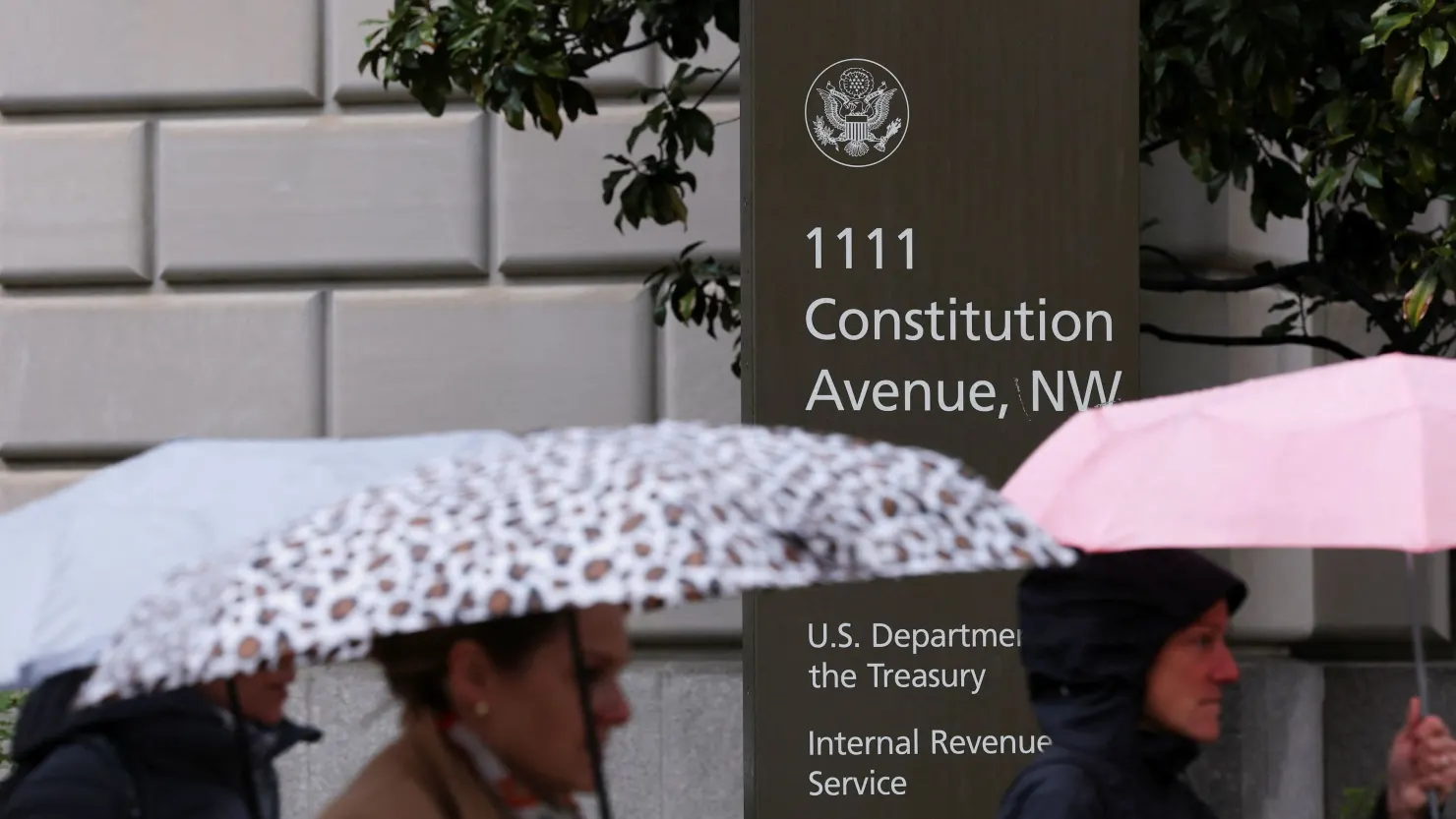Wesley Stanovsek was viewed as an ideal addition to the Internal Revenue Service when he joined in 2024. With Congress having recently approved $80 billion in new funding, the IRS sought to revamp its workforce by bringing in young, technologically proficient professionals. The goal was to equip the agency to better investigate the complicated tax filings of high-net-worth individuals and private entities. Stanovsek, who previously specialized in S-corporations, trusts, and partnerships, was brought into the IRS’s High Wealth division, stationed in Columbus, Ohio.
His work focused on complex “enterprise” cases, which involve coordinated investigations into wealthy individuals and closely held business structures. At the time of his departure in February, he was deeply involved in three such cases: two centered on large partnerships and one involving a prominent sports team owner. Together, these cases represented potential tax recoveries totaling millions of dollars.
However, despite the agency’s expanded funding and hiring push, Stanovsek and other recently recruited agents were let go early in 2025. Because they had not yet completed a full year at the agency, they were still considered probationary employees and thus more vulnerable to workforce cuts. The IRS did not retain enough personnel to continue the investigations Stanovsek had been leading. With insufficient staffing, those complex cases were ultimately abandoned.
The departure of agents like Stanovsek has highlighted the challenges the IRS faces in modernizing and sustaining its workforce. While the initial funding from Congress created momentum for change, internal policies and bureaucratic decisions have stifled progress. Letting go of probationary agents with highly specialized knowledge risks undermining the agency’s ability to fulfill its mission—particularly when dealing with the most sophisticated taxpayers.
Stanovsek’s case raises broader questions about how the IRS will manage high-priority enforcement efforts going forward. The expertise required to unravel intricate financial structures is not easily replaced. As cases are dropped and momentum is lost, so too are the potential gains in closing the tax gap and holding wealthy taxpayers accountable.
This turn of events not only undercuts the effectiveness of the agency’s enforcement goals but also calls into question the long-term strategy behind its staffing decisions, despite historic funding levels.
READ MORE:
